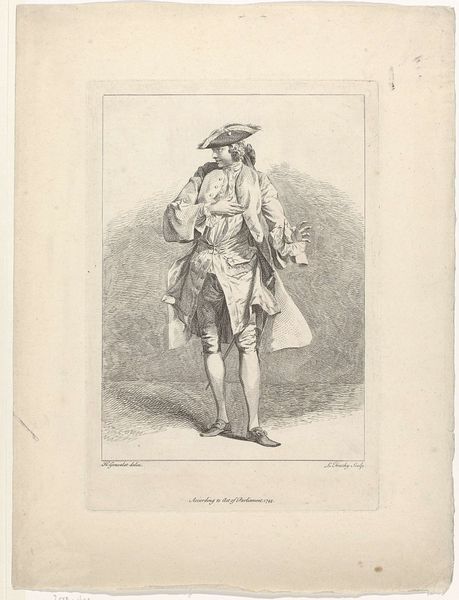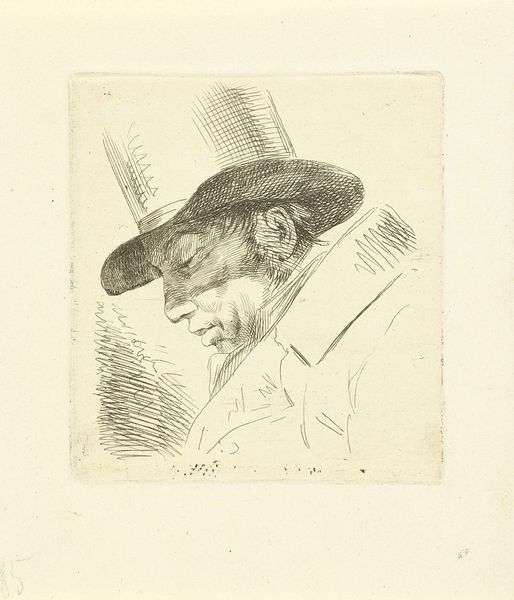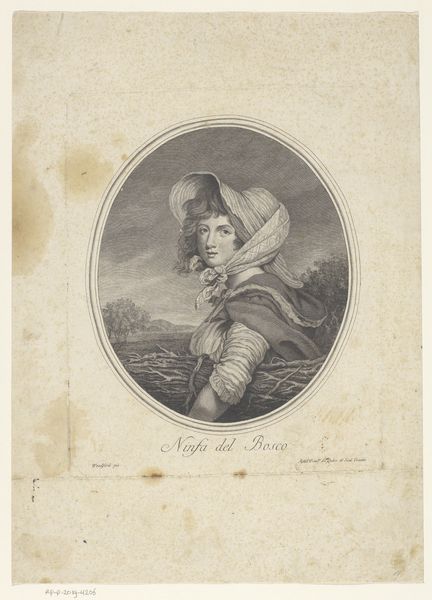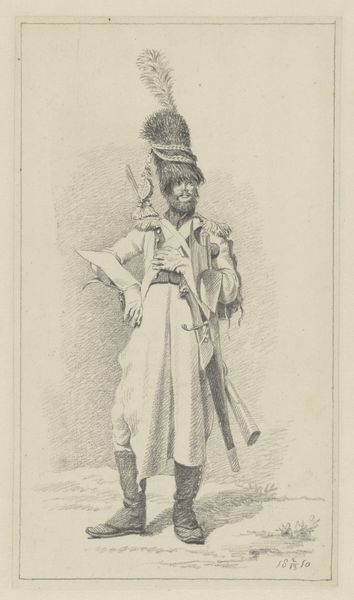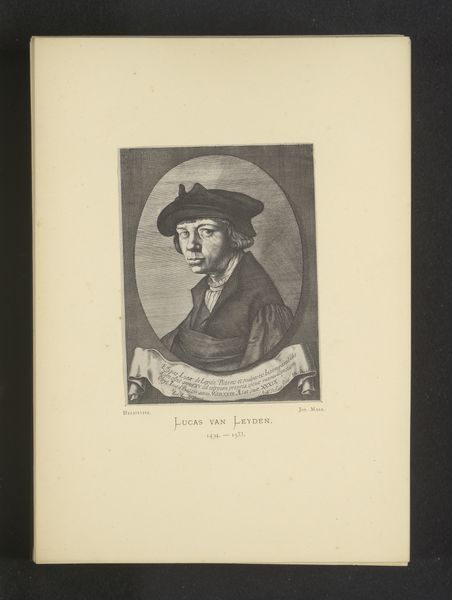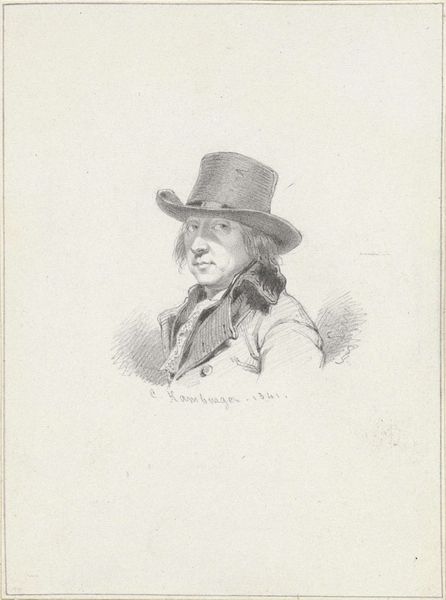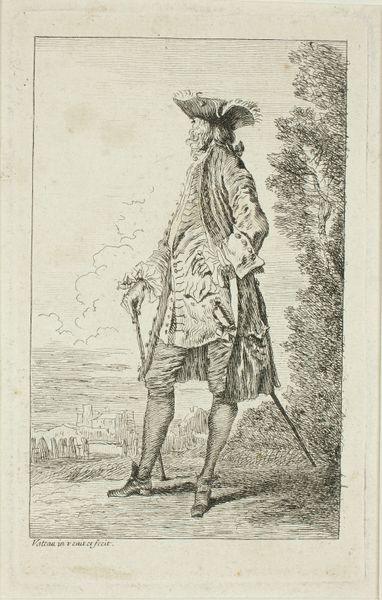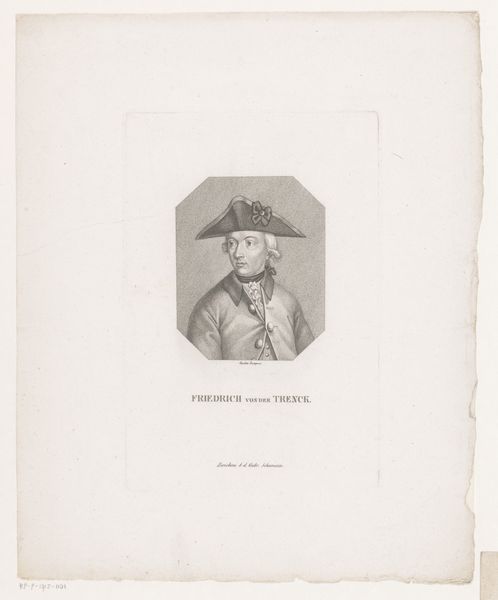
drawing, print, etching, paper, engraving
#
portrait
#
drawing
# print
#
etching
#
paper
#
engraving
Dimensions: 161 × 118 mm (image/plate/sheet); 286 × 209 mm (secondary support)
Copyright: Public Domain
Editor: So, this is Samuel De Wilde's "Portrait of B. Reading, Engraver" from 1798, here at the Art Institute of Chicago. It's an etching and engraving on paper, so a print. What strikes me is the detail in the rendering of the clothing. What do you see in this work? Curator: The emphasis for me falls on Reading’s role as an engraver, a maker. The etching process itself is crucial. Think about the labour involved, the deliberate actions, and the transfer of skill. What kind of socio-economic conditions made such detailed work, like the rendering of the fashionable jacket and enormous hat, desirable and consumable? Editor: So you're seeing the work through the lens of production. How the print itself, as a material object, relates to a broader economic system? Curator: Precisely. We often separate "fine art" from "craft," but here we have an engraver portrayed, his very profession based on meticulous labor and reproduction. How did Reading's status as a maker influence the creation of this image, and the potential market for it? Was this commissioned, or an advertisement of his skills? Who was the audience for these images? Editor: That makes me consider his clothes as also forms of 'production,' signs of his access to particular materials. It's interesting to think of fashion as also emerging from various processes and the circulation of goods. I see what you mean – there’s so much wrapped up in the object. Curator: Right. It encourages us to move beyond a surface reading and consider the material and economic networks that enabled its creation and circulation. Hopefully more research would unveil more information! Editor: It certainly shifted my perspective! I'll be paying much closer attention to those 'networks' you mentioned now when considering prints.
Comments
No comments
Be the first to comment and join the conversation on the ultimate creative platform.
